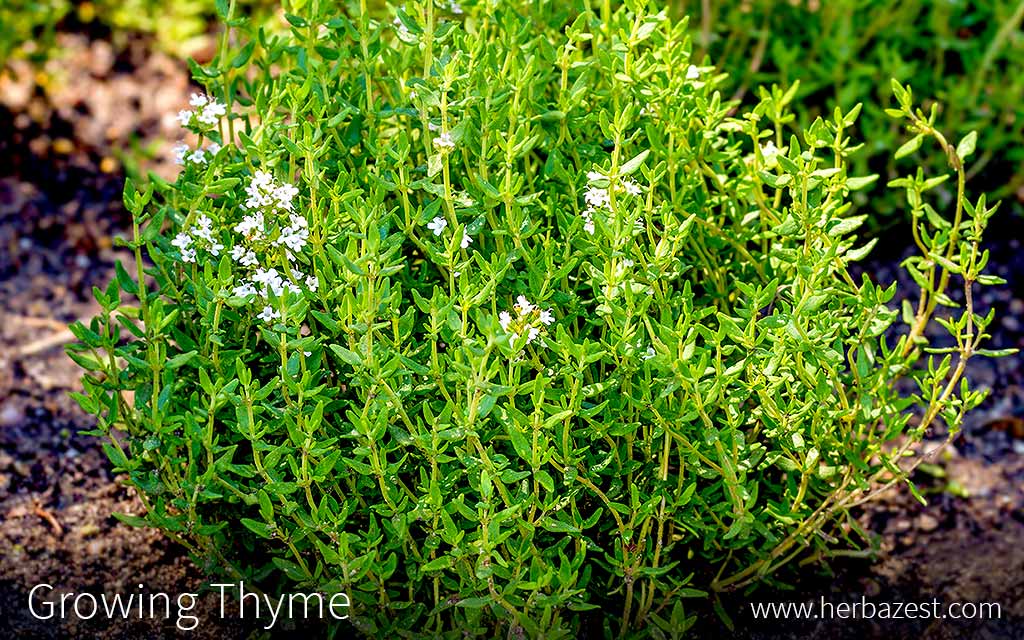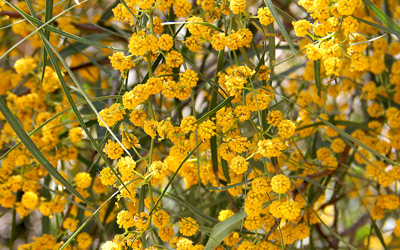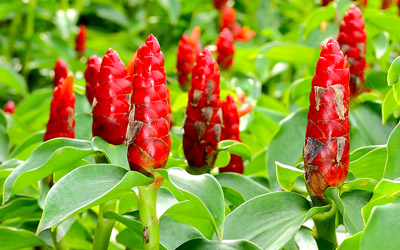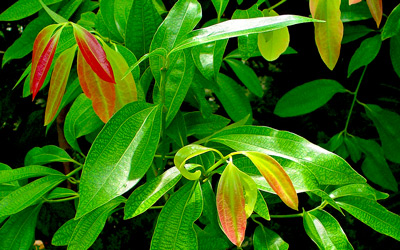Thyme is not only one of the most well-known Mediterranean herbs for cooking, but it is also a great ground cover and a beautiful addition to any home garden. This hardy evergreen can thrive in a variety of conditions; however, sunlight, temperature, and irrigation are some factors that can influence its development. The following growing guidelines offer useful advice about how to cultivate and care of thyme in order to enjoy its benefits all year-round.
1. Preparing the Soil
Thyme, unlike many plants, tends to prefer dry, well-drained soil. Adding a bit of sand before planting can help keep an adequate level of moisture. Slightly acidic soils - with a pH of 5.5 - 7.5 - are the best for thyme.
A little tilling and hoeing is sufficient before planting thyme. However, if dealing with a clay soil, the drainage can be improved by mixing in plenty of compost.
2. Planting
Planting Thyme Outdoors
While thyme can be propagated by seeds, these often germinate unevenly and it may take up to a year for a thyme plant to be ready for harvest. For these reasons, it is advisable to buy seedlings or to propagate thyme by cuttings, especially when planting outdoors. It is not advised to sow thyme seeds outside.
Whether thyme is propagated seedlings or cuttings, it should be planted nine inches (23 cm) apart. Thyme requires plenty of sunlight - at least six hours per day. It may tolerate partial shade, but it is not ideal.
Thyme is best suited to temperate and warm climates, and it is hardy in USDA zones 4 - 11. It is a perennial plant, although it may behave like an annual outside of these zones, or even as an evergreen in warmer areas. It is important to note that both cold winter temperatures and excessive heat in the summer can kill the plant. If the weather gets colder than expected, the seedlings can be protected with a row cover.
Planting Thyme Indoors
Thyme is a popular herb to grow indoors despite its need for ample sunlight. However, it should be kept on a large windowsill where it can receive plenty of light.
If growing thyme from seeds, the soil temperature should be warm - at least 70F (21C) - in order to allow germination, which can take two to three weeks. It is important to ensure adequate soil drainage at every stage of development, as thyme grown in pots can easily become waterlogged.
3. Plant Care
Watering
Like other Mediterranean herbs, thyme will thrive when neglected a little. Conversely, paying it too much attention can be counterproductive.
Thyme requires fairly dry soil and it is very tolerant to drought, so it should be watered sparingly. It is suggested to check if the soil is dry before irrigating the plant. Some water approximately once a week is enough.
Fertilizing
Too many nutrients can actually decrease the quality of the thyme yield; the plant may grow faster, but the leaves will be less potent. Therefore, fertilizer should only be added if absolutely necessary. In place of fertilizer, liquid plant food can be used.
Pruning
Thyme only needs to be pruned to remove dead branches or other dead sections of the plant. Otherwise, the plant may be pruned at any time to control its shape, or it can be cut back in the spring to promote new growth in the summer.
Weed Control
Weeding around new thyme plants is very important for the plant's health. The weeds should be manually removed; otherwise, they may be cut off at the level of the soil if there is a risk of dislodging thyme roots by pulling them.
4. Pest & Disease Control
Thyme may be attacked by certain pests or diseases. To prevent the plant from becoming damaged, it is important to know which problems may occur and how to remedy the situation.
Pests
Mites are the most common pest to attack the thyme plant. These pests will feed on the plant's leaves and eventually cause them to shrivel and drop off. They can be removed from houseplants by wiping the leaves with a damp cloth, or removed from both indoor and outdoor plants by using insecticidal soaps.
Diseases
Thyme is susceptible to root rot, which is a fungal infection that grows in the soil and can cause the plant to wither. Leaves will generally turn yellow and the plant may stop growing or producing more leaves. Root rot can be prevented by watering the plant sparingly in order not to suffocate its roots. Mixing fungicides into the soil is another option, but once root rot occurs, the only solution is to uproot the plant, cut off the damaged roots, and move it to a new pot or new area with fungus-free soil.
5. Harvest
Thyme should be harvested during the summer. If it is harvested during the fall, it may reduce the likelihood of the plant continuing to grow new leaves the next spring and summer. Both leaves and small sections of stem can be harvested from the plant and put to use.
6. Storage
Fresh thyme does not last long, so it should be used without delay. In order to store it for up to a year, thyme should be dried by hanging the sprigs in a warm place with good air circulation. After this, it can be kept in airtight containers in a cool, dark place.
Growing thyme at home is not only easy and effortless, but it also can be very rewarding; before long, the plant will be ready to be harvested and used for a variety of culinary and medicinal purposes.





